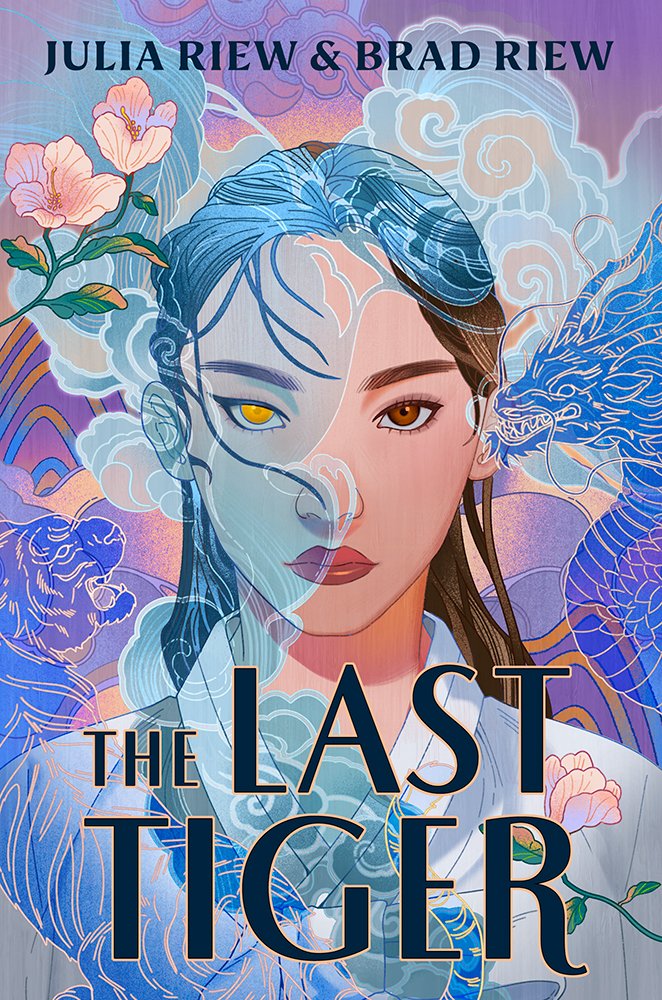Book Review: The Last Tiger by [Author’s Name]
From the moment I spotted The Last Tiger, I felt a gravitational pull—an Asian-inspired fantasy woven with threads of historical truth, resistance against oppression, and the mystical allure of dragons? This book seemed perfectly crafted for my reading palate. With high hopes, I dove into its pages, only to find myself grappling with a mixed bag that ultimately led to a DNF at around the 50% mark.
The Allure of Concept
Let’s start with what drew me in. The concept of ki, a spiritual force that connects characters to dragon spirits, was fresh and intriguing. There’s a magical weight to that idea, and it felt like the author was laying the groundwork for a powerful system that could elevate the stakes and emotional intensity. Similarly, the characters Eunji and Seung sparked a desire in me to root for them. Their arcs held so much promise, with the narrative structure allowing their paths to cross, diverge, and presumably reunite later on.
A Great Promise Undermined
Despite these engaging elements, several glaring issues pulled me out of this vibrant world. The pacing, for instance, felt more like a hastily spun web than a carefully crafted narrative. Major developments whizzed by in the blink of an eye, and entire months vanished within paragraphs, stripping crucial moments of the emotional buildup they desperately needed. I found myself disoriented, struggling to connect with a story that jumped timeframes like a flea on a hot skillet.
Then there was the writing itself—uneven at best. While some passages shimmered with vivid imagery, others fell flat or felt jarringly modern in tone. I couldn’t help but blink in disbelief when I encountered the phrase “gotta” floating amidst what was otherwise a compelling historical or fantasy backdrop. This inconsistency felt like a misstep that broke the immersion I desperately craved.
Worldbuilding: A Misalignment of Themes
As I turned the pages, the worldbuilding left me scratching my head. The narrative hints at a historical setting reminiscent of the 1600s, only to introduce modern elements like electricity without a logical framework. Additionally, the portrayal of women in this society was perplexing. The storyline suggested heavy discrimination, yet women were shown attending prestigious academies and holding powerful positions. This conflicting portrayal made it difficult for me to fully buy into the world and its rules.
Final Thoughts
Although The Last Tiger had numerous elements I wanted to embrace—a rich cultural backdrop, strong characters, and a thrilling magical framework—the persistent lack of cohesion and uneven pacing ultimately pushed me away. I can’t help but wonder if there’s a satisfying payoff in the second half, but I also recognize that reading should feel rewarding, not like a chore.
So, who might enjoy this book? If you’re a reader who thrives on exploring fantasy realms rich with culture and character development, you might find something worth your while here. However, if pacing and world consistency are crucial elements for you, it might be best to proceed with caution.
For me, The Last Tiger was a reminder that not every compelling premise translates into a captivating reading experience. With gratitude to Penguin Group, Kokila, and NetGalley for the opportunity to review this eARC, I’m off to seek my next literary adventure!
Discover more about The Last Tiger on GoodReads >>







